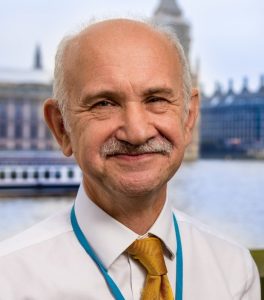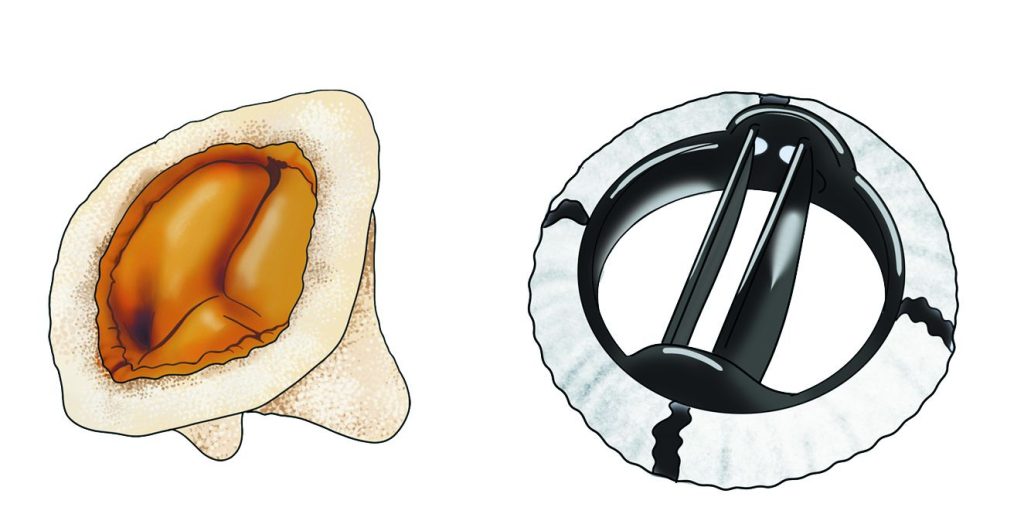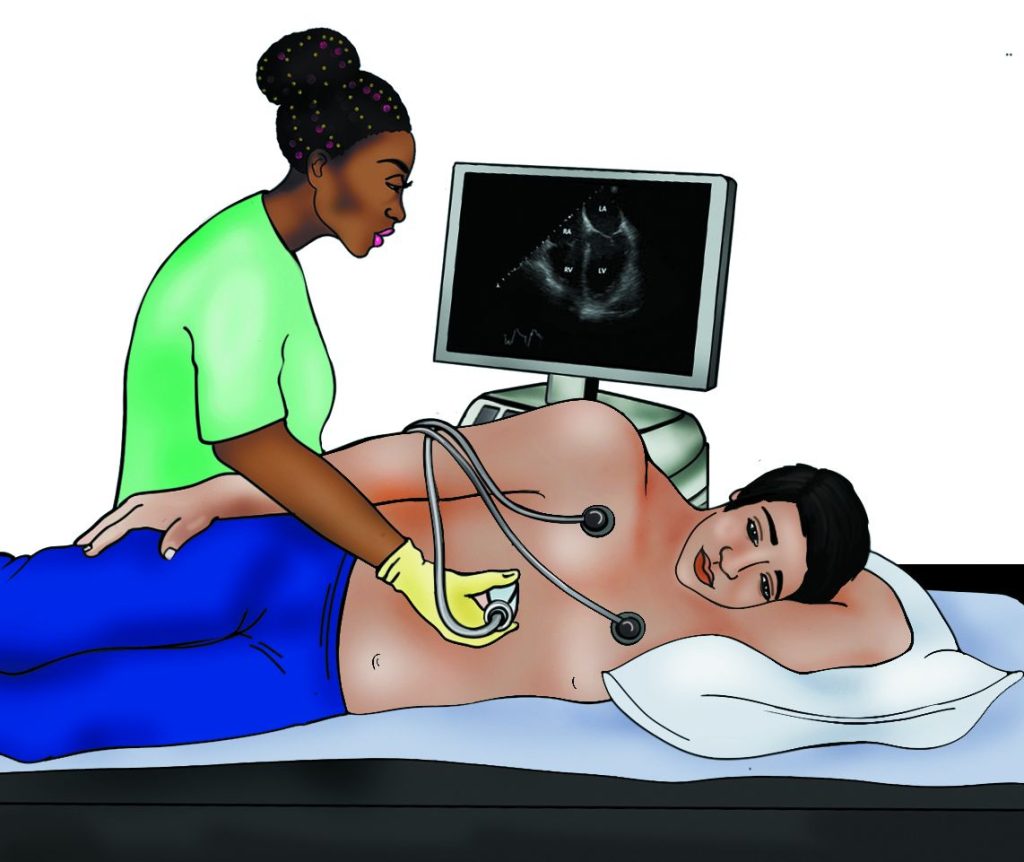There are many types of heart valve intervention. The commonest type is heart valve replacement surgery. During this operation your faulty valve is removed and a new valve is put in its place. These valves can either be metal (mechanical) or tissue (bioprosthetic, usually from pig or cow tissue). Your surgeon will discuss the different […]
This is usually caused by varicose or incompetent veins, hot weather, being overweight or normal fluid retention. On its own it is far less commonly a symptom of heart disease – although it can be important if the swelling is progressive, creeps further up the legs and is associated with shortness of breath.
These are not usually a symptom of heart valve disease but may require an assessment by your healthcare professional to ensure that there are no abnormalities of you heart rhythm which may suggest a progression of your underlying heart valve disease.
Some patients notice fatigue rather than breathlessness or chest pain during or after exercise. People with valve disease – particularly aortic stenosis – tend to slow down or limit their activity to avoid getting chest tightness or breathlessness. A reduction in exercise capacity can therefore be the first symptom. This is often put down […]
This is always abnormal and characteristic of aortic stenosis. Usually it is a late symptom occurring when breathlessness or chest tightness have been established for many months. Blackout is always an important symptom to declare to your healthcare professional. As well as being caused by aortic stenosis (where the blackout occurs on exertion), blackouts […]
Doctors often ask whether you have ‘chest pain’, by which they mean any unpleasant sensation in the chest like heaviness or constriction which makes you need to stop or slow down. Usually the sensation is across the chest but it can sometimes be hard to localise and even describe. It’s a bit like having toothache […]
Surveillance following valve surgery Once you have had an intervention on your heart valve you will be discharged from hospital. You should have a post-operative echocardiogram around 6 to 8 weeks following your valve intervention, to understand how your new valve is working. Heart valve disease is a condition that you will carry with you […]
What is the pulmonary valve? The pulmonary valve is the main outlet valve on the right side of the heart. It allows blue (deoxygenated) blood to leave the heart after the right ventricle has contracted. Once the blood has left the heart the pulmonary valve closes and stops any blood falling back into the right […]
What is the pulmonary valve? The pulmonary valve is the main outlet valve on the right side of the heart. It allows blue (deoxygenated) blood to leave the heart after the right ventricle has contracted. Once the blood has left the heart the pulmonary valve closes and stops any blood falling back into the right […]
What is the tricuspid valve? The tricuspid valve is the inlet valve on the right circuit. It opens to let blood flow from the right atrium to right ventricle, then closes to stop blood flowing backwards. The tricuspid valve consists of three leaflets. This valve is thinner and more delicate than the mitral valve and […]







